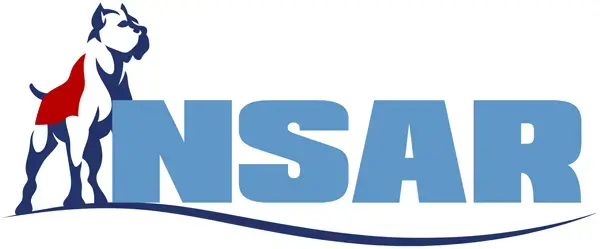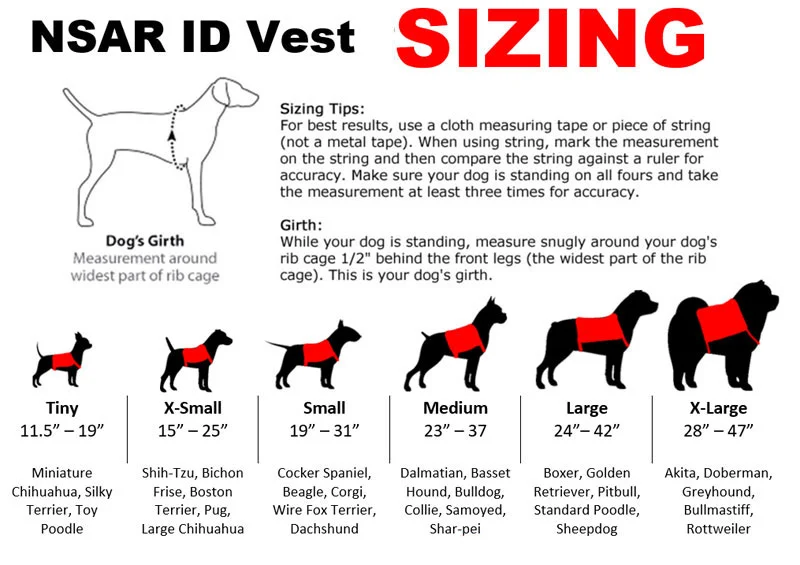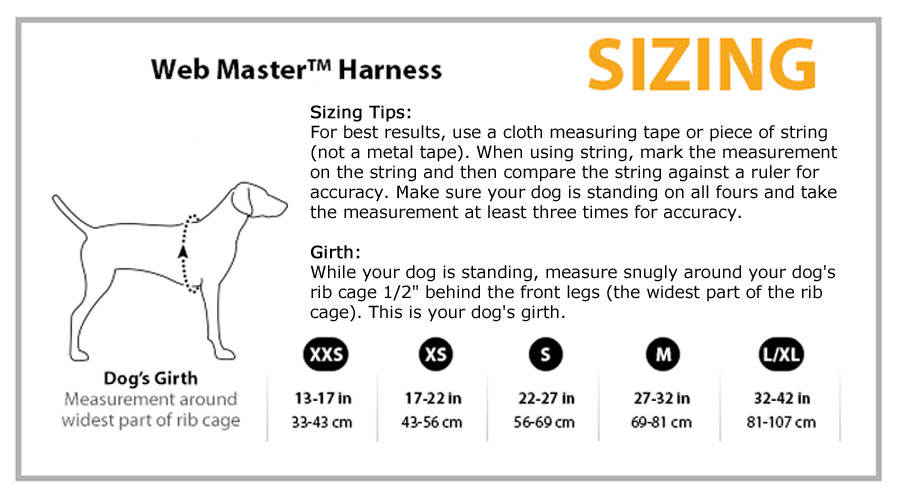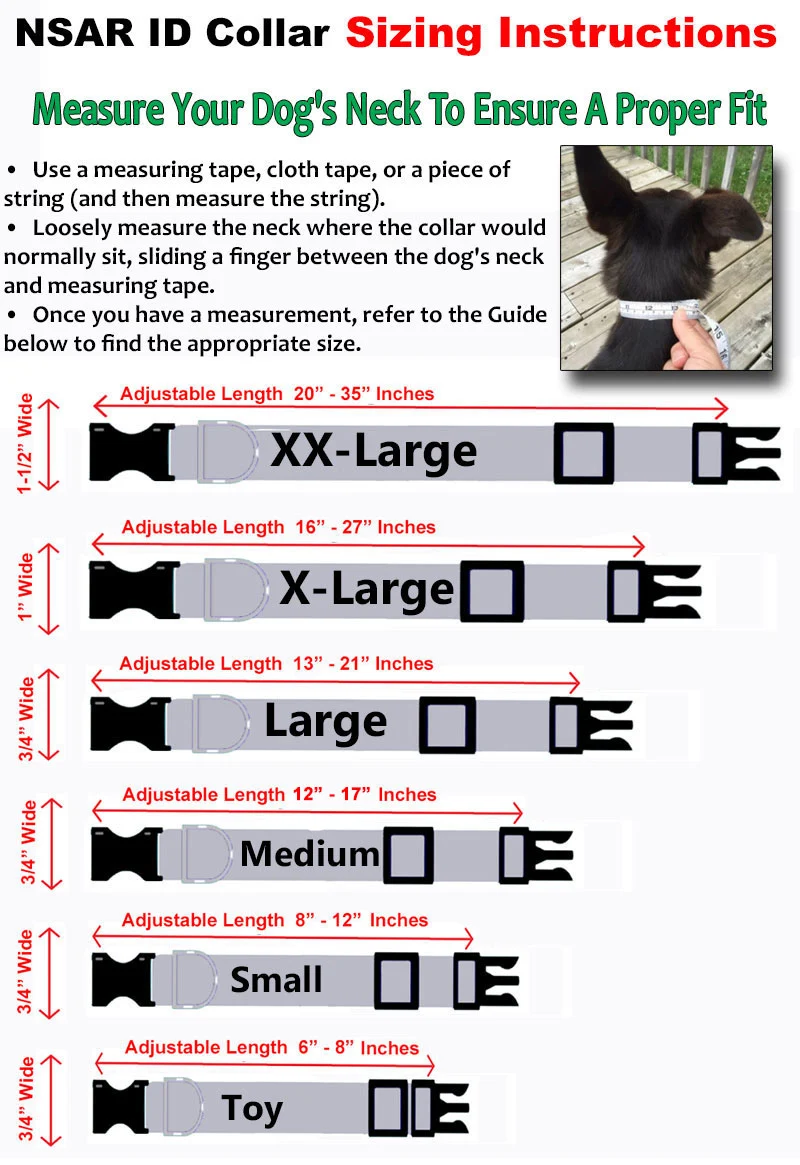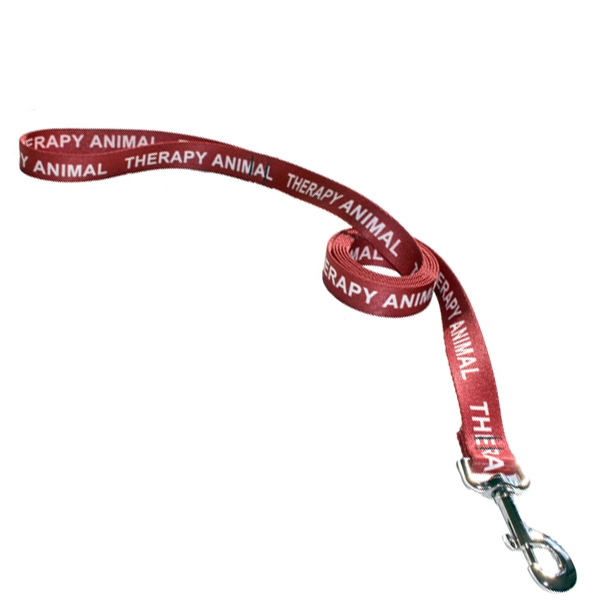
Introduction: Finding Calm Through Companionship
Anxiety disorders affect over 40 million adults in the United States—that’s nearly 1 in 5 people. While therapy, medication, and lifestyle changes remain core components of treatment, many people are turning to emotional support animals (ESAs) for help managing their symptoms.
Whether it’s a comforting dog by your side or a gentle cat who curls up next to you during panic attacks, ESAs offer a unique kind of support that medications or talk therapy alone can’t always provide.
In this article, you’ll learn:
- What emotional support animals are
- The science behind how they help with anxiety
- How to legally qualify for an ESA
- The rights ESA owners have
- Tips for choosing and caring for an ESA
- Common questions answered
This is your comprehensive guide to understanding why ESAs can be a life-changing part of an anxiety management plan.
What Is an Emotional Support Animal?
An emotional support animal is a pet that provides comfort and support to individuals experiencing emotional or psychological conditions such as anxiety, depression, or PTSD. Unlike service animals, ESAs do not require specialized training and are not limited to dogs—they can be cats, rabbits, birds, and more.
Key Differences Between ESAs, Service Animals, and Therapy Animals:
| Type | Purpose | Training Required | Legal Protection |
|---|---|---|---|
| ESA | Provides emotional comfort | No | Limited (housing, air travel under certain conditions) |
| Service Animal | Performs specific tasks for a disability | Yes | ADA protection, housing, and airline protection |
| Therapy Animal | Provides comfort to others in clinical or group settings | Yes | No legal protection for individual handlers |
How ESAs Help with Anxiety: Science & Psychology
The Human-Animal Bond
The calming effects of being around animals are backed by science. Studies show that interacting with pets can:
- Reduce cortisol (the stress hormone)
- Lower heart rate and blood pressure
- Increase levels of oxytocin (the “love hormone”)
For people with Generalized Anxiety Disorder (GAD), panic disorder, or social anxiety, these physiological effects can provide significant, immediate relief.
Emotional Regulation
Many ESA owners report fewer episodes of emotional dysregulation, improved mood stability, and enhanced feelings of safety and companionship. ESAs can also help develop routine and responsibility—important therapeutic tools for managing anxiety.
Case Study: Sara, a college student with panic disorder, found that her ESA cat, Luna, helped reduce the frequency and intensity of her panic attacks by offering consistent comfort during high-stress situations like exams and public speaking.

Legal Rights and Protections for ESA Owners
While ESAs don’t have as many legal rights as service dogs, they are still protected under important federal laws:
Fair Housing Act (FHA)
Landlords must make reasonable accommodations for individuals with ESAs, even in pet-restricted housing. This includes waiving pet fees or breed restrictions.
Air Carrier Access Act (ACAA)
As of recent updates, ESAs are no longer considered service animals by airlines. However, some airlines still allow them on board with proper documentation—always check your airline’s policy before traveling.
Employment and Public Spaces
ESAs do not have access rights to public places or workplaces unless the employer or establishment grants an exception. Only trained service animals are protected under the Americans with Disabilities Act (ADA) for these settings.
How to Qualify for an Emotional Support Animal
To officially qualify for an ESA, you need a legitimate ESA letter from a licensed mental health professional (LMHP), such as a therapist, psychologist, or psychiatrist.
What Should an ESA Letter Include?
- Full name and license info of the LMHP
- Confirmation of a mental health diagnosis (e.g., anxiety)
- Statement that the ESA is part of your treatment plan
- Date of issuance and professional letterhead
Tips for Caring for Your ESA
1. Choose the Right Animal
- Dogs and cats are most common, but rabbits, birds, and even guinea pigs may be a better fit depending on your lifestyle and needs.
2. Build a Daily Routine
- Feeding, grooming, and playtime help create structure—something that can greatly benefit individuals with anxiety.
3. Create a Safe Environment
- Designate quiet spaces for your ESA. Use calming tools like music, pheromone sprays, or weighted blankets.
4. Practice Self-Care with Your ESA
- Go on walks together
- Practice meditation or breathing exercises with your pet nearby
- Try bonding activities like trick training or cuddling during stressful moments
5. Regular Vet Visits
- Keep vaccinations and check-ups up to date to maintain your ESA’s health and well-being.
Frequently Asked Questions (FAQs)
Do ESAs require training?
No specialized training is required, but basic obedience and socialization are strongly encouraged—especially for housing situations.
Can any pet be an ESA?
Yes, as long as a licensed professional determines the animal provides emotional support and includes it in a written letter.
How long is an ESA letter valid?
Most housing providers require an updated letter annually. Always check with specific property requirements.
Can I take my ESA to work or in stores?
Generally, no. ESA access to public spaces is not protected under the ADA like service animals are.
Can landlords deny an ESA?
Not legally, unless the animal poses a threat or causes damage. They cannot charge pet deposits or deny tenancy based on breed or species.
Final Thoughts
An emotional support animal is so much more than a pet—it’s a therapeutic partner, a calming presence, and for many, a lifeline.
Whether you’re navigating a new anxiety diagnosis or looking for holistic tools to manage ongoing symptoms, an ESA might be the missing piece in your mental health journey.
? Ready to take the next step?
Explore how to legally register your emotional support animal, or get connected with a licensed therapist to see if an ESA letter is right for you at nsarso.com.
